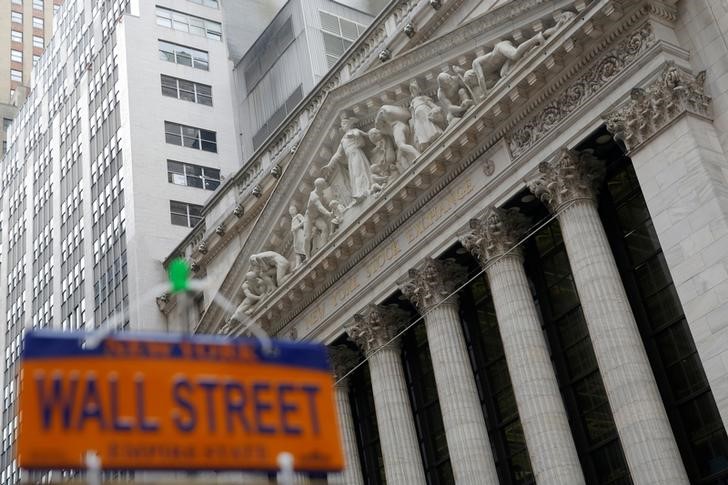Raytheon awarded $71 million in Navy contracts for missile systems
Investing.com-- Top U.S. bank regulators intend to reduce a key capital buffer for the country’s biggest lenders, Bloomberg reported on Wednesday, amid concerns that the buffer constrained their trading of U.S. Treasuries.
The Federal Reserve, the Federal Deposit Insurance Corp, and the Comptroller of the Currency, plan to lower the enhanced supplementary leverage ratio (ESLR) by up to 1.5 percentage points, Bloomberg reported, citing people briefed on the plans. The ESLR could be lowered to a range of 3.5% to 4.5% from current levels of 5%.
The rule applies to the biggest U.S. banks, such as JPMorgan Chase & Co (NYSE:JPM), Goldman Sachs Group Inc (NYSE:GS), and Morgan Stanley (NYSE:MS).
The ESLR is a capital requirement for large, systematically important U.S. banks that ensures the lenders hold enough capital to act as a backstop against more risk-based capital holdings.
The measure is aimed largely at lowering systemic risk among the country’s biggest lenders, and was introduced after the 2008 subprime mortgage crisis.
But the ESLR has been criticized for lowering the banks’ ability to hold U.S. Treasuries, with this point coming to fore in recent months amid heightened turmoil in the $29 trillion Treasuries market.
U.S. Treasuries saw an extended selldown over the past month, pushing up yields sharply. A host of recent Treasury auctions were also seen generating lackluster demand, amid growing uncertainty over U.S. fiscal health under President Donald Trump.
Investors are concerned that Trump’s “big beautiful bill,” which aims to slash taxes and government spending, could increase the government’s long-term deficit and provide only a modest boost to economic growth.
A lowering of the ESLR stands to increase liquidity in the Treasuries market, and could help lower government borrowing costs by bringing down yields.
